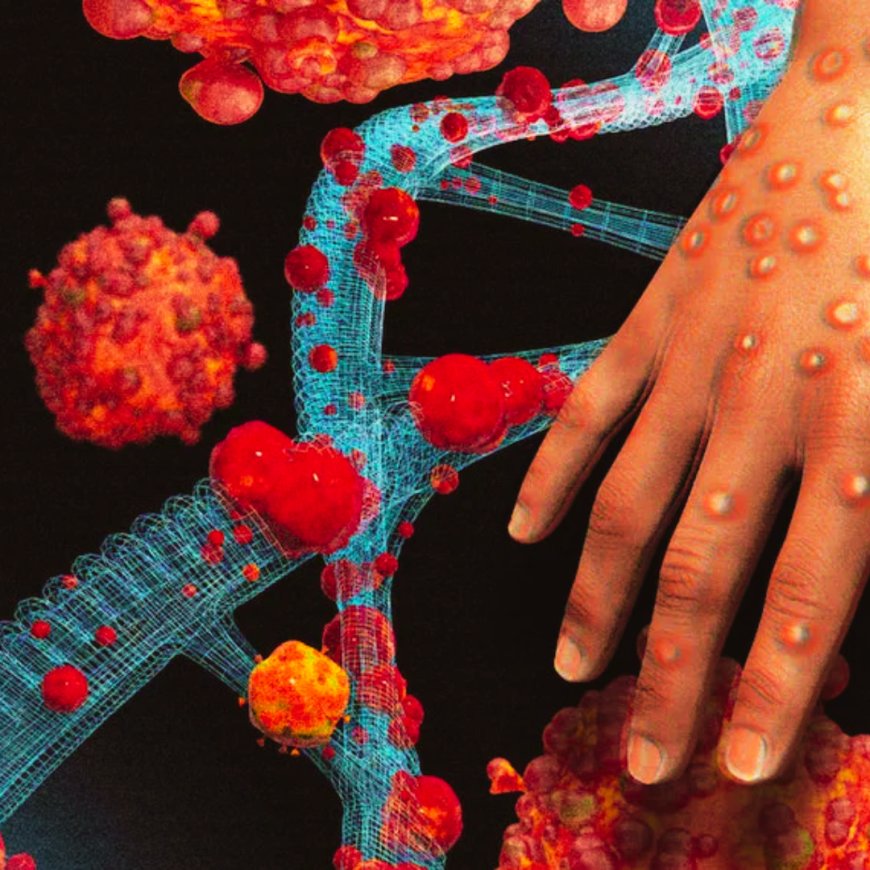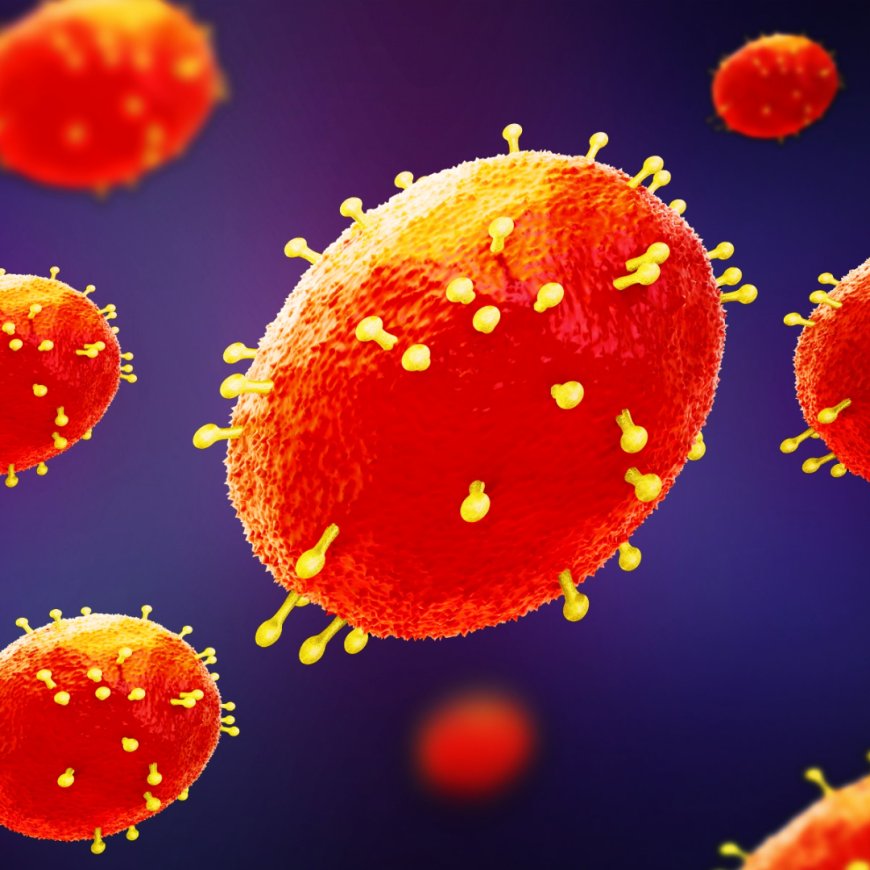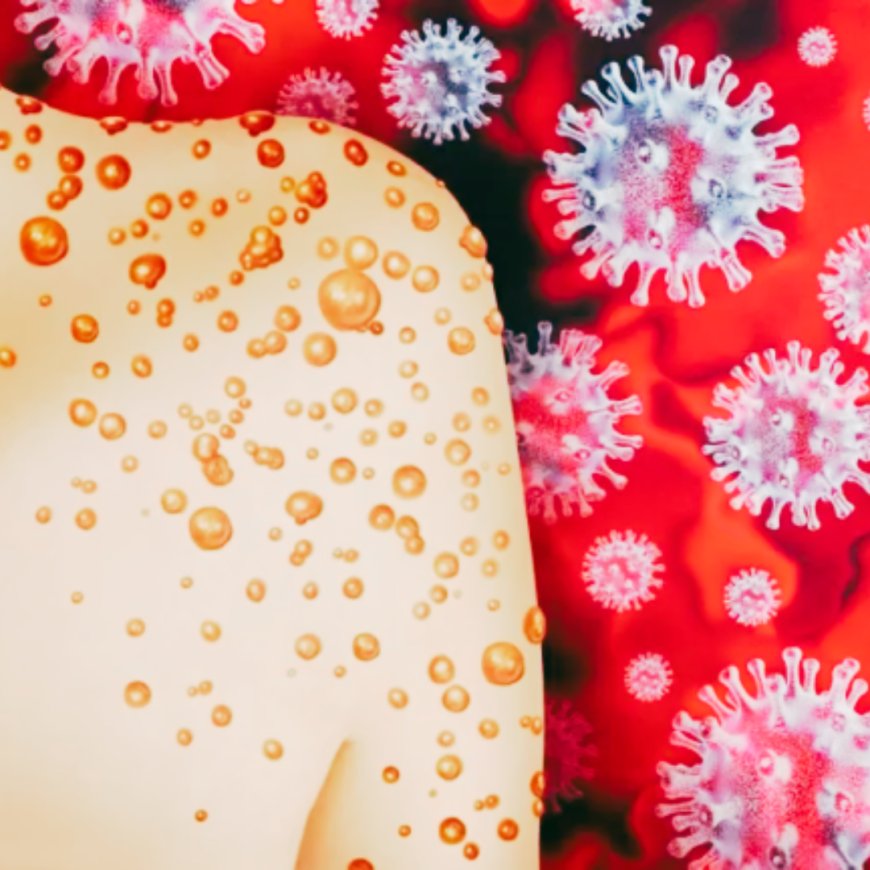Mpox Prevention: Understanding Causes, Risks, and Key Information about Monkeypox
Discover mpox prevention, causes, symptoms, and risks. Learn how to stay safe from monkeypox with key information and FAQs.
Introduction
Mpox, formerly known as monkeypox, is an emerging viral disease that has gained attention due to its potential to cause outbreaks in various parts of the world. This article aims to provide comprehensive mpox information, highlighting mpox prevention methods, causes, symptoms, and the associated risks.
What is Mpox (Monkeypox)?
Mpox is a viral zoonosis caused by the mpox virus, a member of the Orthopoxvirus family, which also includes smallpox. Though it was first identified in monkeys, the disease primarily spreads through rodents and other animals in endemic areas. Since the virus can be transmitted to humans, understanding mpox prevention, its causes, and associated risks is essential for protecting public health.
Mpox Causes: How Does the Disease Spread?
The primary causes of mpox involve transmission from infected animals to humans. Mpox can be transmitted directly through contact with infected animals' blood, body fluids, or lesions. Handling wild animals, especially rodents and primates, poses a significant risk. Consuming undercooked meat from these animals may also lead to infection.
In addition to animal transmission, monkeypox can spread from human to human. Close physical contact, including exposure to respiratory droplets, skin lesions, or contaminated materials (like bedding and clothing), can transmit the virus. This mode of transmission underscores the importance of mpox prevention, especially during outbreaks.
Mpox Symptoms: What to Watch For?
The symptoms of mpox generally appear 5 to 21 days after exposure. Initial symptoms often resemble those of other viral infections, making early diagnosis crucial. Common symptoms include:
- Fever
- Headache
- Muscle aches
- Back pain
- Swollen lymph nodes
- Chills and fatigue
- Rash: Rash typically starts on the face and extends to other parts of the body. The rash progresses through several stages, including macules, papules, vesicles, pustules, and scabs.
Most cases of mpox are mild and self-limiting, but severe complications can occur in certain individuals, particularly those with weakened immune systems or pre-existing health conditions.
Mpox Risks: Who is Most Vulnerable?
Though monkeypox is generally mild, understanding mpox risks is vital for preventing severe outcomes. Those most at risk include:
- Individuals who have close physical contact with infected animals or humans.
- Healthcare workers and caregivers handling infected patients.
- People living in or visiting endemic areas.
- Immunocompromised individuals, who may be more susceptible to severe complications.
Severe mpox can lead to secondary infections, pneumonia, and encephalitis, making early detection and prevention critical.
Mpox Prevention: How to Protect Yourself?
Given the serious risks, mpox prevention strategies should be a top priority for both individuals and public health officials. Key methods to prevent mpox include:
- Vaccination: The smallpox vaccine is effective in providing immunity against mpox due to the genetic similarity between the viruses. Those at higher risk, such as healthcare workers or individuals in endemic areas, should consider vaccination.
- Avoid Contact with Infected Individuals and Animals: Reduce exposure by avoiding close contact with anyone showing symptoms of mpox, particularly those with visible skin lesions. Additionally, handling wild animals and consuming undercooked animal products, particularly in endemic areas, should be avoided.
- Proper Hygiene: Regular handwashing with soap and water or using alcohol-based sanitizers can significantly reduce the risk of infection.
- Personal Protective Equipment (PPE): When caring for infected individuals, wearing protective gear such as masks, gloves, and gowns can help limit exposure.
- Isolate Infected Patients: Confirmed mpox cases should be isolated to prevent the spread of the virus to others in close contact or healthcare settings.
- Disinfection: Properly disinfecting and laundering materials like bedding and clothing that have been in contact with an infected individual is essential for preventing contamination.
Conclusion
Understanding monkeypox, its causes, risks, and prevention strategies is critical for minimising the impact of this virus on public health. While mpox outbreaks may seem rare, their potential to cause widespread illness demands vigilance. By following preventive measures, such as vaccination, good hygiene, and limiting exposure to infected individuals and animals, we can significantly reduce the risk of transmission and protect ourselves and our communities.
For more mpox information, stay informed with the latest guidelines from public health authorities and consult a healthcare professional if you suspect you have been exposed.
Mpox (Monkeypox) FAQ: Key Questions and Answers
1) What is mpox (monkeypox)?
The mpox virus is the source of mpox, also referred to as monkeypox. It is similar to the smallpox virus, but is usually less severe. The virus can spread from animals to humans and from person to person.
2) How is mpox transmitted?
Mpox is transmitted through direct contact with infected animals, such as rodents or primates, or through contact with an infected person's body fluids, respiratory droplets, or contaminated materials like bedding or clothing.
3) What are the main symptoms of mpox?
Common symptoms include fever, headache, muscle aches, back pain, swollen lymph nodes, fatigue, and a distinctive rash that progresses from macules to papules, vesicles, pustules, and finally scabs.
4) How long do mpox symptoms take to appear?
Symptoms usually emerge 5 to 21 days after being exposed to the virus.This is referred to as the incubation period.
5) Who is at risk of contracting mpox?
Individuals in close contact with infected people or animals, healthcare workers, and those living in or traveling to areas where mpox is endemic are at higher risk. Immunocompromised individuals are also more vulnerable to severe complications.
6) Is there a vaccine for mpox?
Yes, the smallpox vaccine is effective in providing immunity against mpox. It is recommended for high-risk individuals, such as healthcare workers and those in endemic areas.
7) How can I prevent getting mpox?
Mpox prevention includes vaccination, avoiding contact with infected individuals or animals, practicing good hygiene (like regular handwashing), and using personal protective equipment (PPE) when caring for infected patients.
8) Can mpox be fatal?
Most cases of mpox are mild and self-limiting, but severe cases can occur, particularly in individuals with weakened immune systems. Secondary infections, pneumonia, and encephalitis are among the possible complications. Fatalities are rare but possible.
9) How is mpox treated?
There is no specific antiviral treatment for mpox, but supportive care can help relieve symptoms. In severe cases, antiviral drugs used for smallpox may be recommended. Most people recover without specific treatment.
10) What should I do if I suspect that I have mpox?
If you suspect you have mpox, get medical attention immediately. Isolate yourself to prevent spreading the virus to others, and follow your healthcare provider's recommendations for testing, treatment, and quarantine.
For More Information about Monkeypox (mpox), visit: What is Monkeypox ? It's Symptoms, Causes, and Prevention Tips of mpox ?
What's Your Reaction?








































